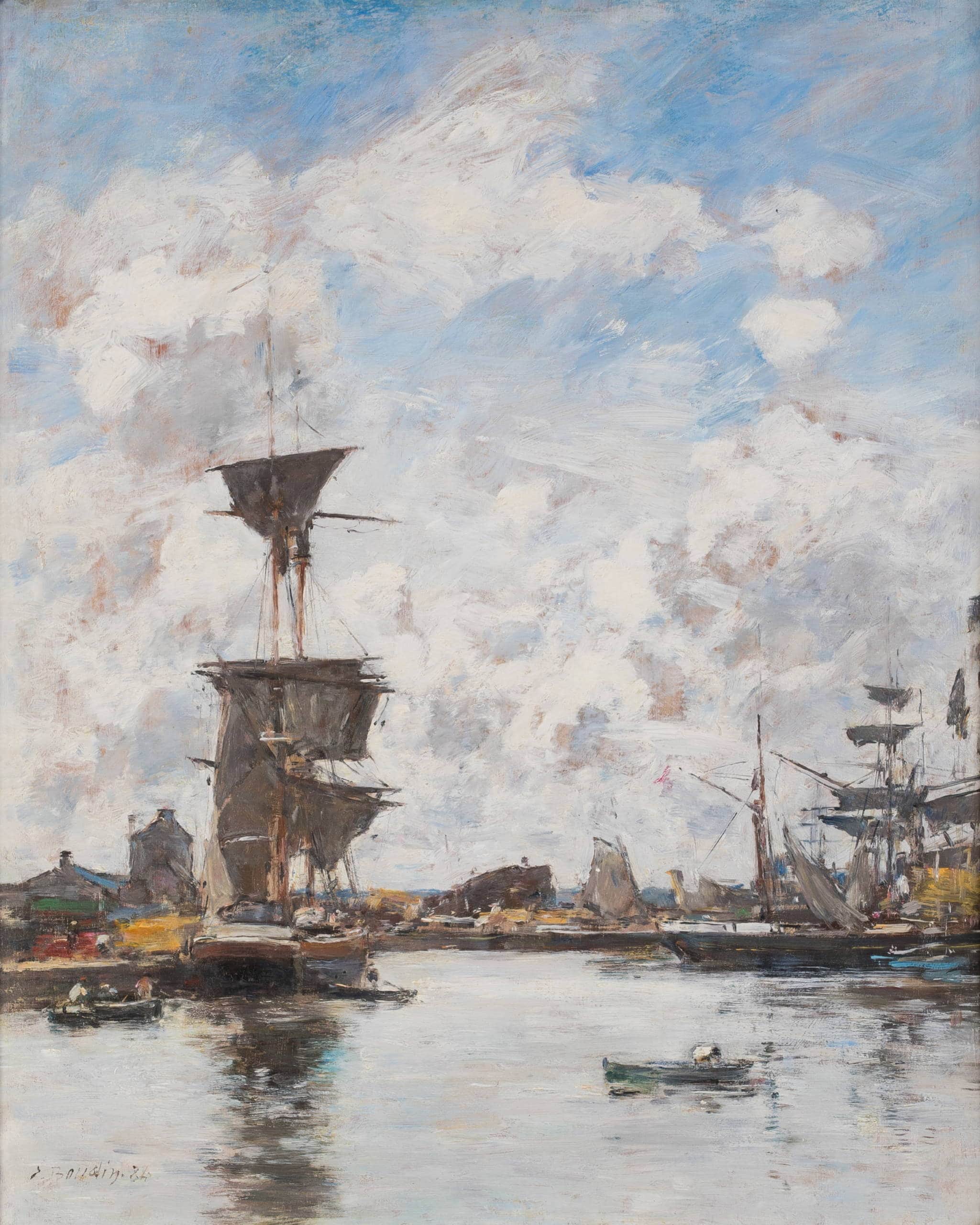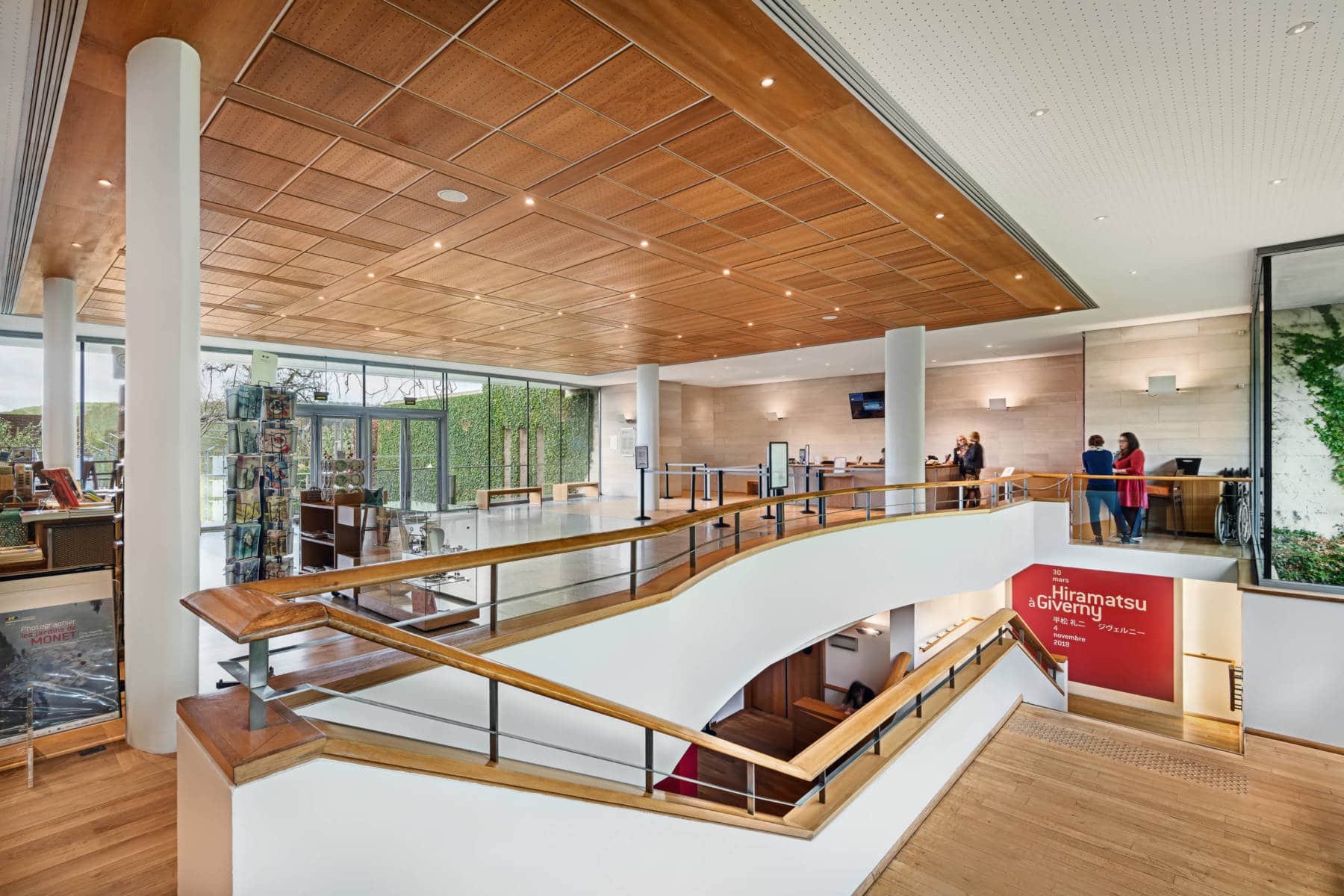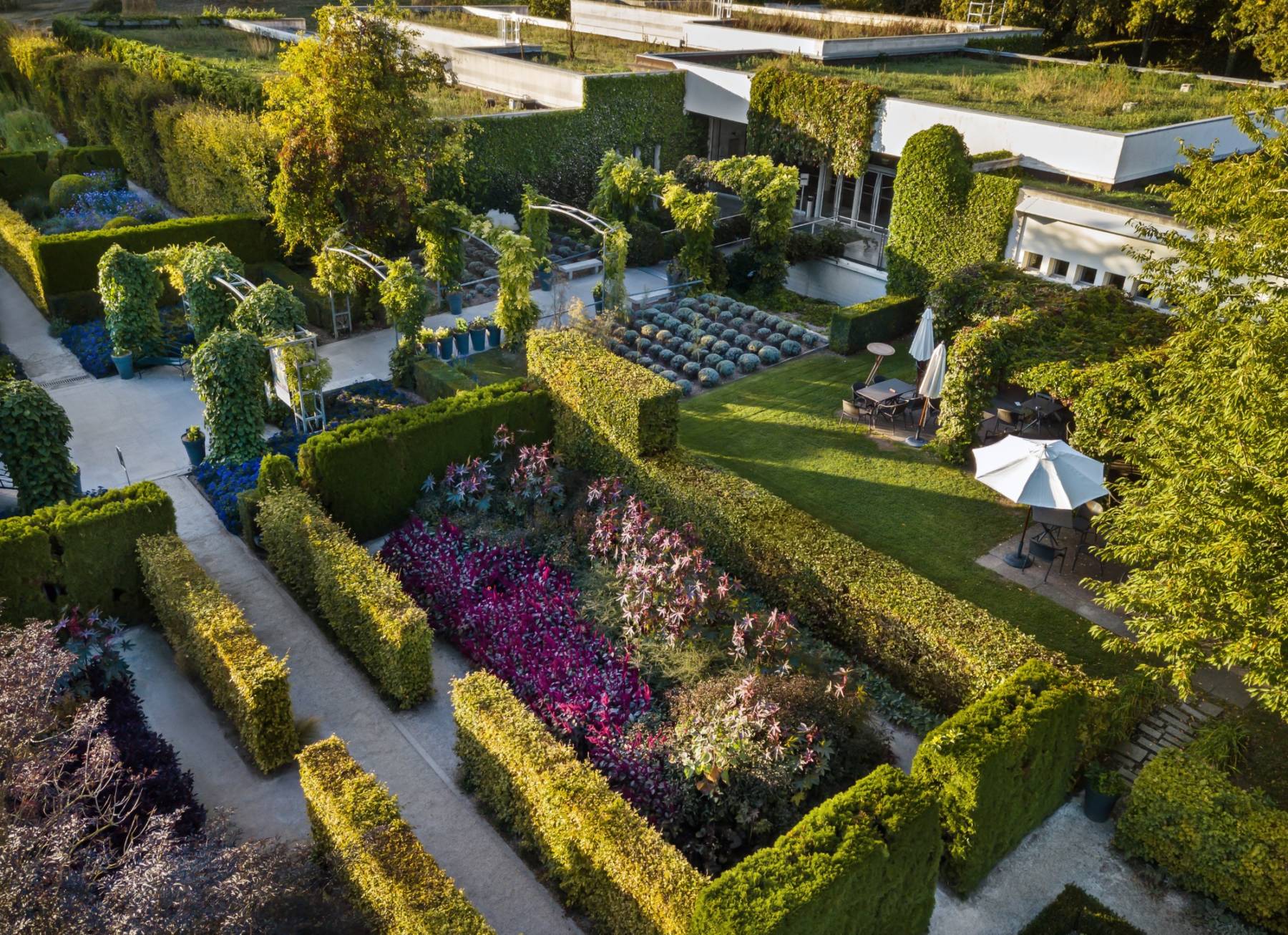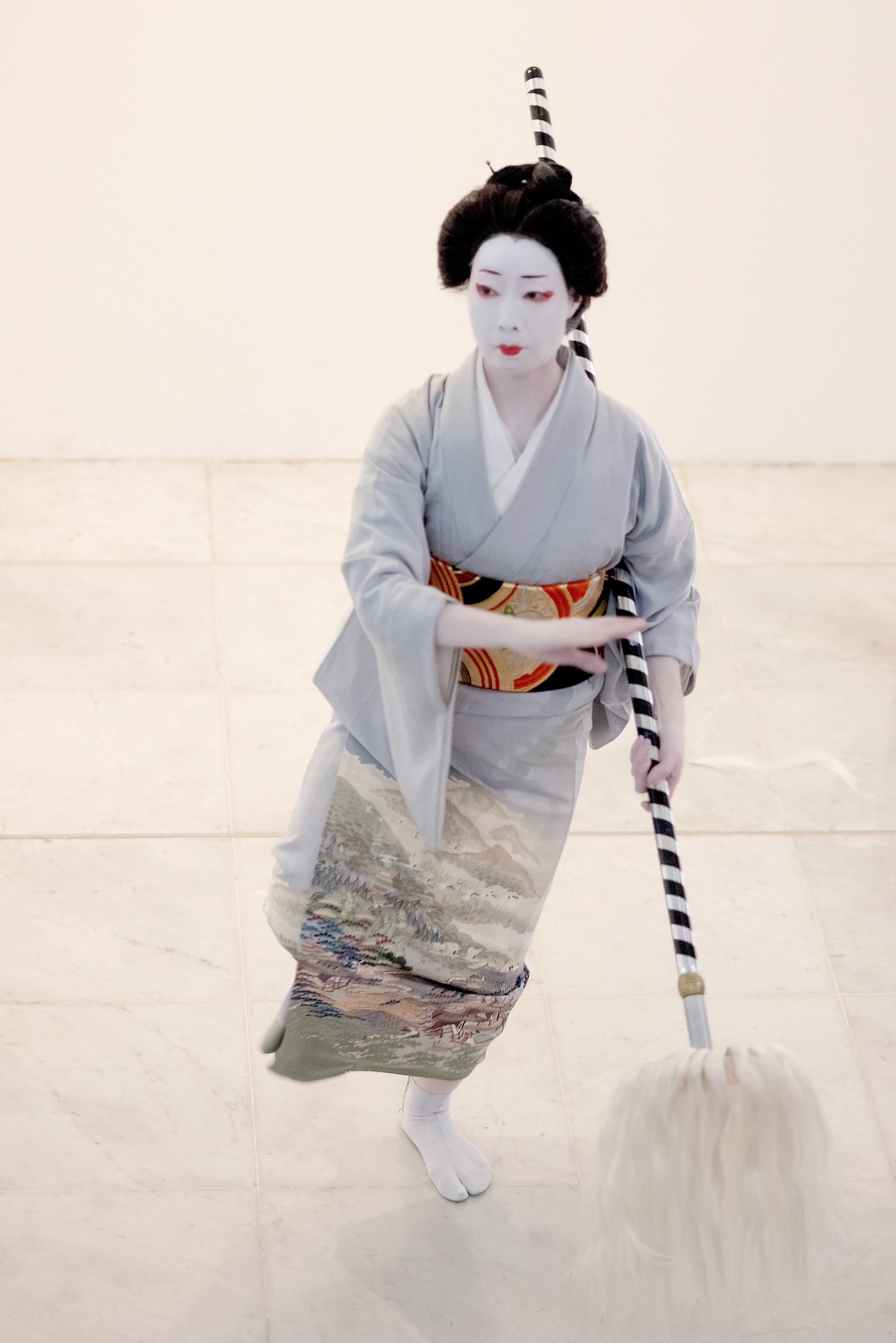
A painting of modern life and instantaneity, whose subjects and techniques first scandalised its contemporaries, Impressionism brought together artists whose varied personalities and independence were the force of the movement and complicate its definition.
Around Edouard Manet
In the 1860s, at the café Guerbois, a group of artists gathered around Edouard Manet, whose Luncheon on the grass, refused by the jury of the Salon in 1863, had caused a resounding scandal. Among them were Claude Monet, Pierre-Auguste Renoir, Alfred Sisley, Frédéric Bazille, Edgar Degas, sometimes joined by Paul Cézanne and Camille Pissarro. They rebelled against academic standards, refused the traditional teaching of the Ecole des beaux-arts, learned by copying masterpieces at the Louvre and debated their ideas in the cafes of the Batignolles district.
Following the path of realistic landscape opened by Gustave Courbet and the Barbizon School, they sought the truth of light rather than anecdote or feeling. They painted outdoors in the Fontainebleau forest and along the Seine, near Paris. All the future themes of Impressionism were already at the heart of their works: landscape, modern leisure (canoeing, horse racing, entertainment), the industrial world. During the summer of 1869, Claude Monet and Pierre-Auguste Renoir worked side by side at the La Grenouillère baths. They depicted the light dancing on the Seine by a flicker of bright touches which would become one of the characteristic features of impressionist painting.
The presence of a woman, Berthe Morisot, friend and sister-in-law of Manet, and whose talent was recognised very early on, was not the least of the originalities of this group. Eva Gonzalès and Mary Cassatt also join the impressionist adventure, thereby demonstrating the openness of the group and its modernity. By way of comparison, women were not admitted to the École des beaux-arts until 1897.
Impressionist exhibitions
In the middle of the 19th century, the annual Salon, organised under the authority of the Académie des beaux-arts, was the main place where an artist could make a name for himself. But the institution was very conservative, and many of the future Impressionists were rejected by its jury. The idea of organising their own exhibition outside of official circles was born before 1870. The war between France and Prussia delayed the project.
In the spring of 1874, thirty artists exhibited 165 works in the former studio of photographer Nadar, on the Boulevard des Capucines. Manet did not participate: he wished to continue to try his luck at the Salon. Bazille, killed in action during the war, was also missing. The exhibition attracted a limited number of visitors: 3,500 in four weeks and only ten paintings were sold. There were many detractors in the press. In a satirical article, the journalist Louis Leroy baptised the group “the Impressionists,” a name inspired by Claude Monet’s Impression, Sunrise.
In total, eight impressionist exhibitions were organised: 1874, 1876, 1877, 1879, 1880, 1881, 1882, 1886. They constitute the mythical years of Impressionism, those of scandal, but also of recognition by some enlightened personalities: critics Émile Zola and Théodore Duret, art dealer Paul Durand-Ruel.
Tensions ran through the group from the start. Degas was in favour of inviting a wide variety of artists, while Monet and Caillebotte preferred to restrict participation to strengthen the group’s coherence. Pissarro, called the “first of the Impressionists” by Cézanne, was the only one who participated in the group’s eight exhibitions. He introduced some troublemakers there: Gauguin, in 1880, Seurat and Signac, during the last exhibition in 1886.
Defining Impressionism
Impressionism is often defined by characteristics belonging to the work of Monet and Renoir: outdoor painting, fragmented brushwork, a palette of bright colours mixed directly on the canvas. Pissarro, Sisley, Cézanne and Berthe Morisot worked in a similar style, and all participated in several exhibitions of the impressionist group. Gustave Caillebotte was a bit apart. A tireless promoter of impressionist exhibitions, his modernity appeared more in his choice of subjects and innovativepoints of view, than in his brushwork. Edgar Degas refused to work outside. He focused primarily on figures and painted many portraits. He was also a sculptor, which is not the least of his originalities.
The definition of Impressionism is made all the more difficult since, alongside the diversity of personal styles observed from the start, each artist set about a personal path from the 1880s. Monet worked embarked on his series. Pissarro experimented with Neo-Impressionism. Renoir found inspiration in classical art, in particular through the female nude. And, though it was born in France, Impressionism appealed, in various ways, to artists of many countries, such as Belgium or the United States, making any attempt at definition even more complex.
Image :
Eugène Boudin (1824-1898), Deauville, le bassin, 1884.
Huile sur panneau, 46,5 x 38 cm. Giverny, musée des impressionnismes, acquis grâce à la générosité du Cercle des Mécènes du musée des impressionnismes Giverny, de la Caisse d’Épargne Normandie, et de Quadra Consultants, 2020, MDIG 2020.1.1
© Giverny, musée des impressionnismes / photo : Jean-Charles Louiset
The museum
About us
See more

The museum
The garden
See more


